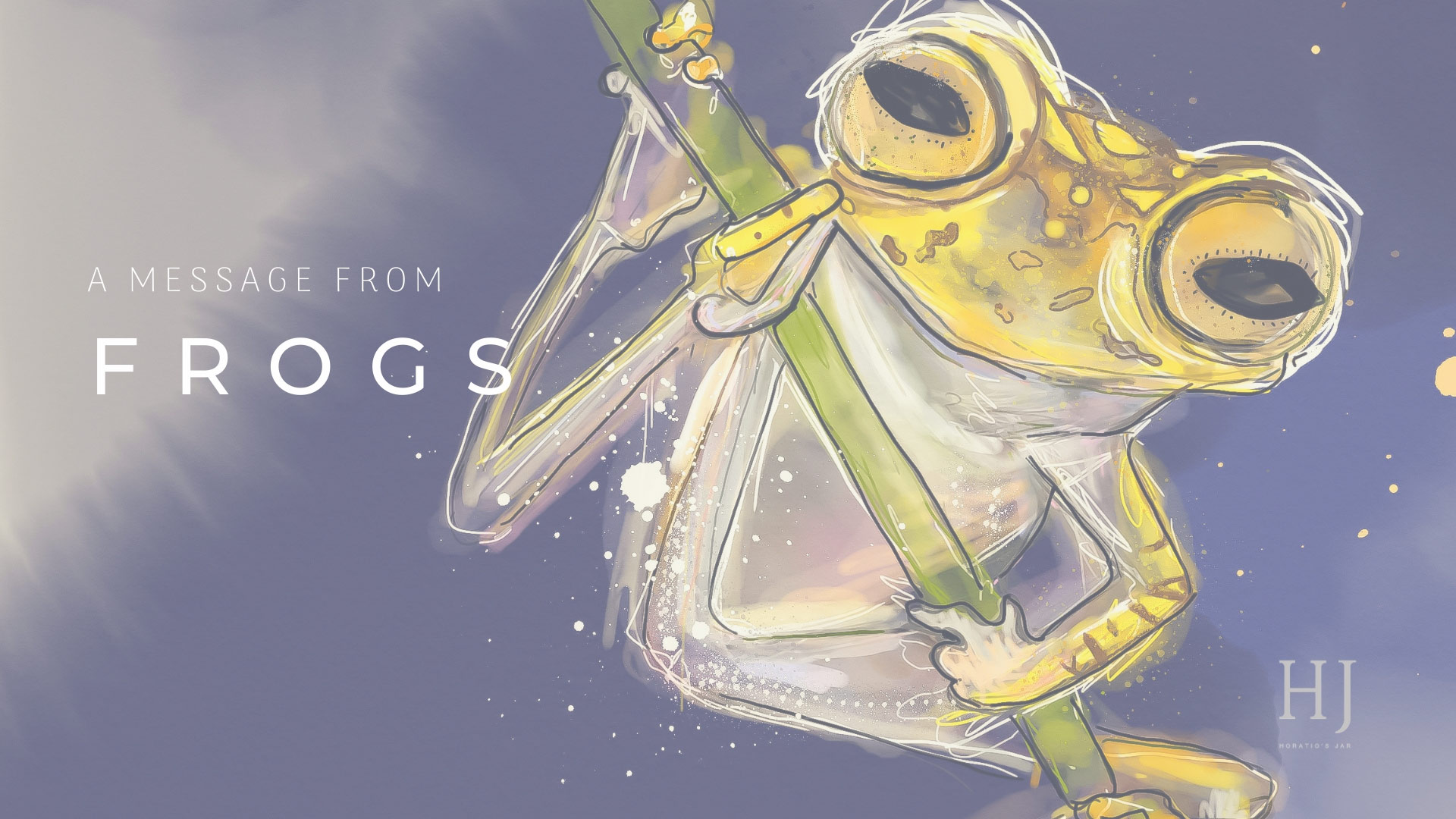Published by: Digital Schools
A Frog's Life
Everything in nature has its place. We have arduously learned, after savaging every last wilderness on the earth- if you disrupt even the tiniest of things, you set into motion a spiral that unravels the whole tapestry of life on this planet.
Frogs have lived and thrived on mother earth for 250 million years, dwarfing the timeline of nearly everything else living in today’s biosphere – excluding dragonflies, sharks (450 million years), and cockroaches. With such a robust history of survival and the tenacity to thrive through millennia of changes, frogs everywhere are now going extinct.
A species of incredible endurance and mythological status; amphibians such as frogs, salamanders and lizards and crocodiles, outlived the dinosaurs, meteors and the ice ages to greet humanity onto the earth’s stage some short time ago.
Frogs and toads are incredible little creatures, their diversity and habitats just as broad. Frogs live on every continent, except Antarctica and live in almost all environments, including arid deserts that have no water and in places that turn to ice in the winter.
Frogs have an incredible range of adaptations that have helped them live and thrive on the planet for eons, and yet, we see now nearly all frogs are at threat from extinction.
In the early 1990s a plague called chytrid, a bacterial infection (Chytridiomycosis is an infectious disease in amphibians caused by the chytrid fungus Batrachochytrium dendrobatidis and Batrachochytrium salamandrivorans), decimate rare populations the world over.
What Can You Do?
The first thing you can do is make frog friendly gardens and stop using chemicals cleaners in and around the home!.
Frogs need water to breed, and shady, leafy areas to keep themselves fresh. Ferns, grapevines, tropical plants and grasses are excellent for frogs to hide Plant frog friendly plants in and around your home.
https://perthzoo.wa.gov.au/get-involved/do-your-part/frog-friendly-garden
- Some plants are toxic to frogs so be careful not to put your pond near these.
- A frog pond only needs to be a few inches deep. Having areas raised by adding rocking or logs will help frogs in and out of the pond.
- Frogs start their lives in water, as tadpoles and develop into full-size frogs.
- Frogs live up to 15 years.
- Frogs eat insects, snails and mosquito larvae.
- Choose earth-friendly cleaning products in and around the home
- Frogs skin is sensitive to chemicals; any household cleaner will kill your frogs.
- If you are lucky enough to have frogs inhabit your backyard be kind to them.
- Frogs are so delicate that your skin can cause them harm.
- The chemicals you use every day inadvertently end up in the environment and the food, air and water we rely on to survive. What poisons frogs also poisons you.
- Keep fertilisers and pesticides well away from any plants and water sources your frogs inhabit these dangerous chemicals will kill them.
Guest Contributor: Emily Rack
Business Name: Horatio’s Jar
Publisher: Digital Schools
Emily Rack is a yoga teacher, meditation instructor, freelance writer and visual content creator. She incorporates a unique creative flair into her yoga and meditation classes, courses and workshops. Emily hosts events and classes in schools and the wider community & is passionate about teaching the art of mindfulness.


